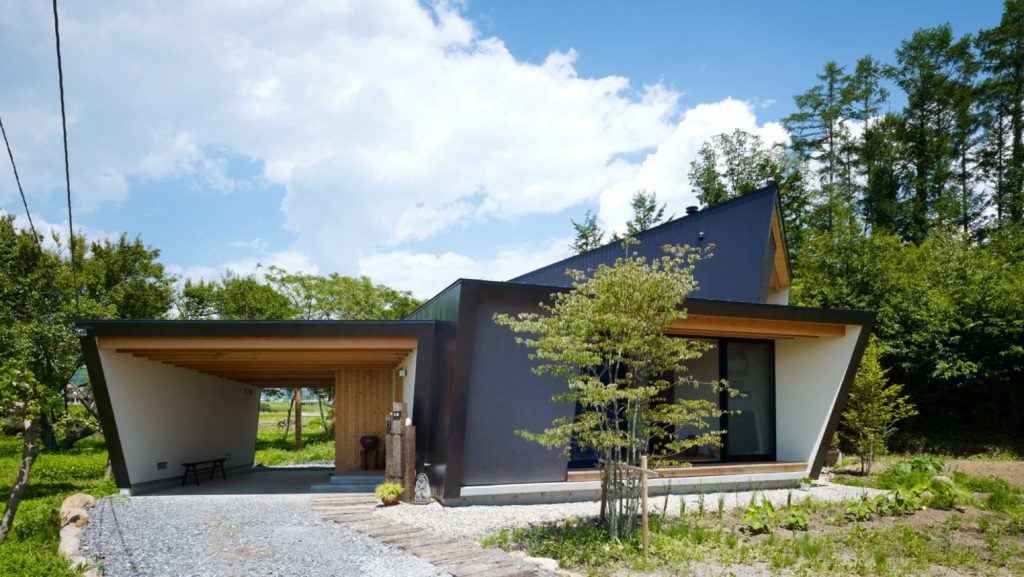
Set in the scenic Southern Alps in Japan, this modern home plays with form to create a visually stunning vacation villa. Designed by Kiyotoshi Mori and Natsuko Kawamura of Japanese architecture firm MDS Co. Ltd, the Yatsugatake Villa takes advantage of Japan’s varying and diverse climate and culture.
The architects are driven by their desire to keep Japanese culture alive and as such, incorporate traditional Japanese arts and crafts into the design of the Yatsugatake Villa.
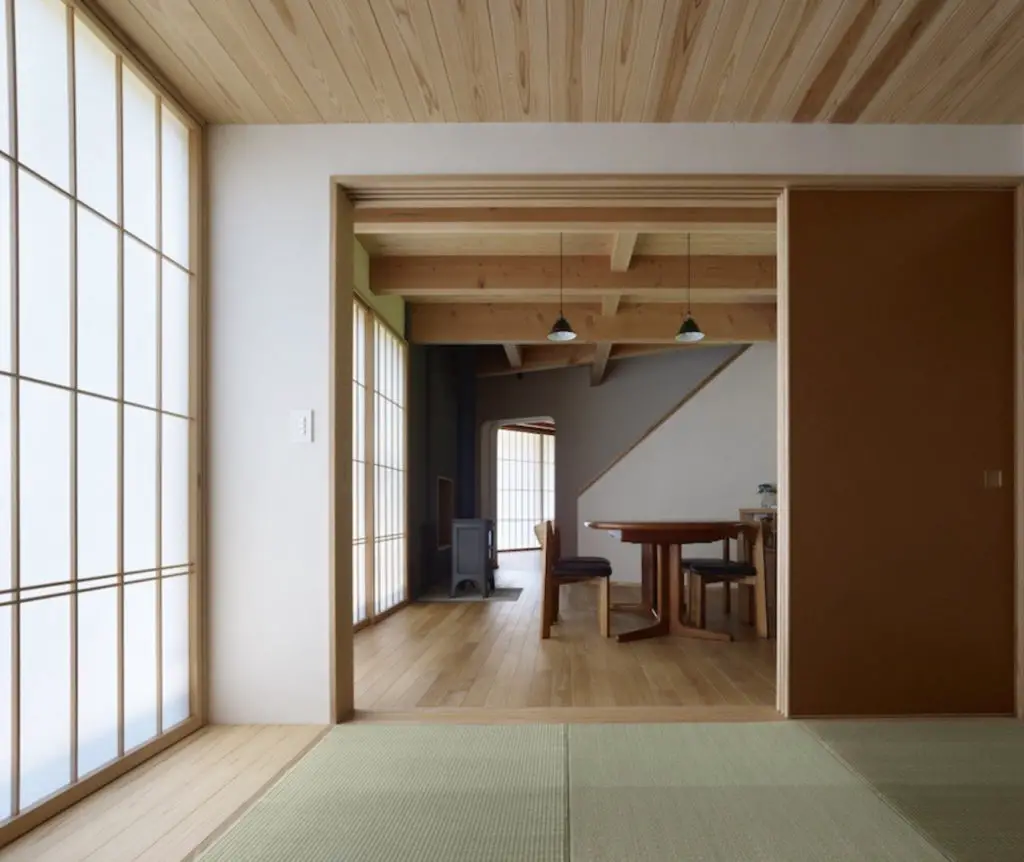
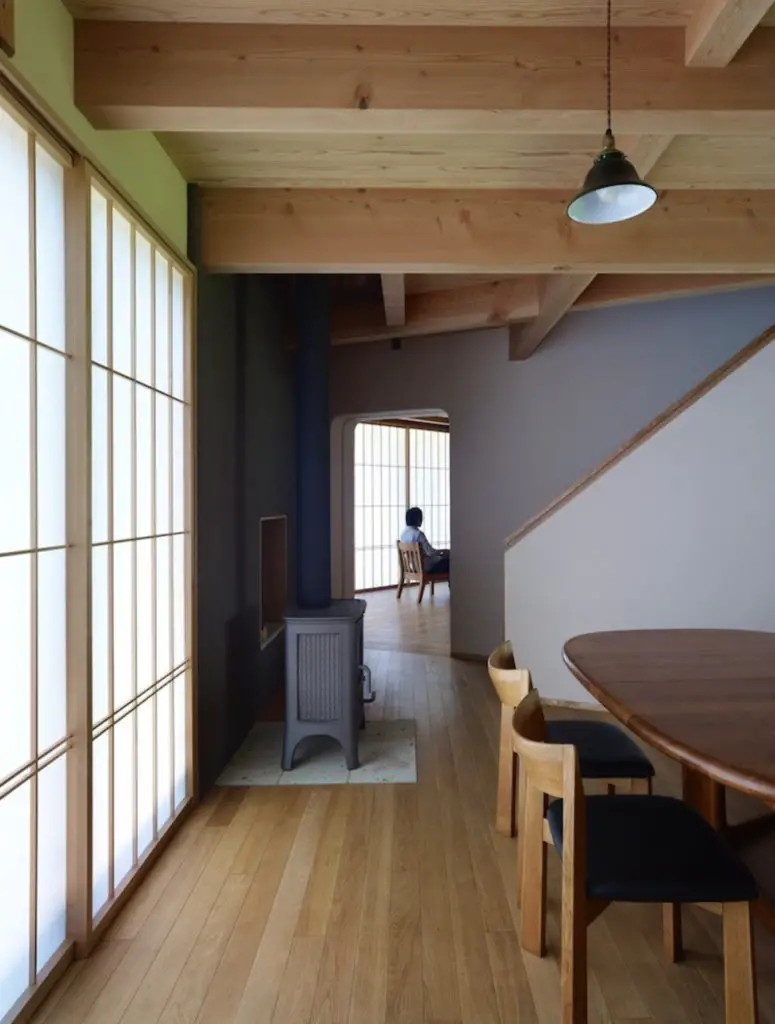
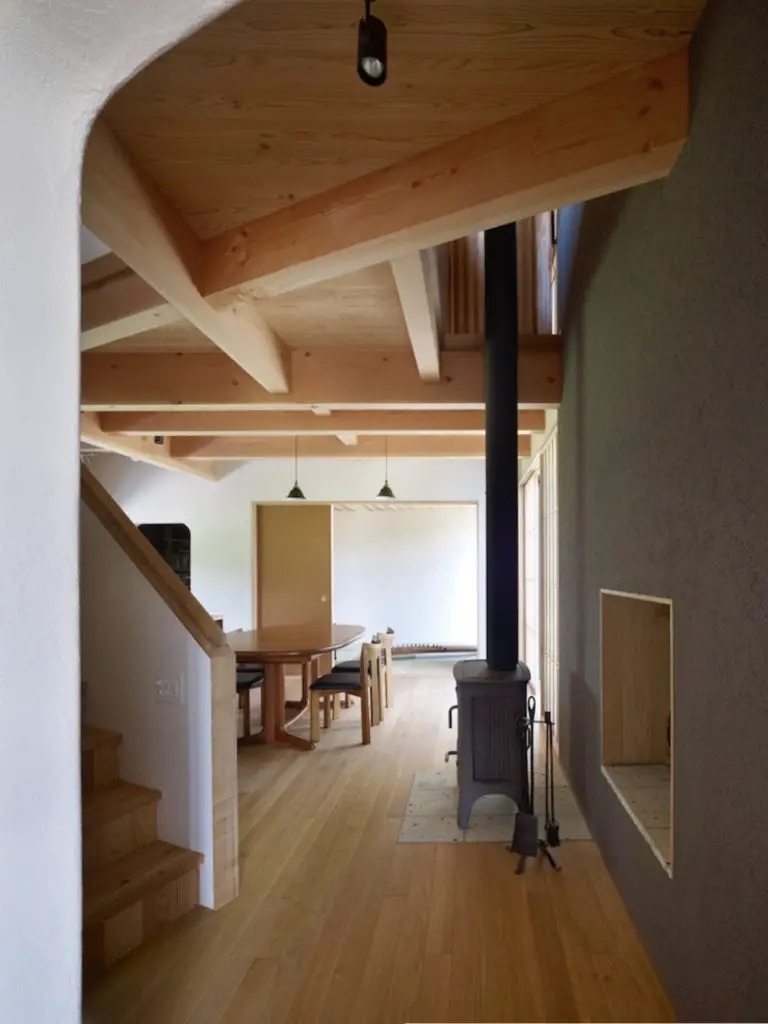
Sitting at the foothills of Mt. Yatsugatake, this villa is designed to blend in gently with the natural environment. Though Japan is a small island archipelago, different locales experience diverse climates.
Yatsugatake Villa’s design is driven by its local climate but also pays homage to the Japanese architecture tradition of combining aesthetic sense with nature. The fan shaped form is, according to the architects, strategic to maximizing sun streams during the cold winter months.
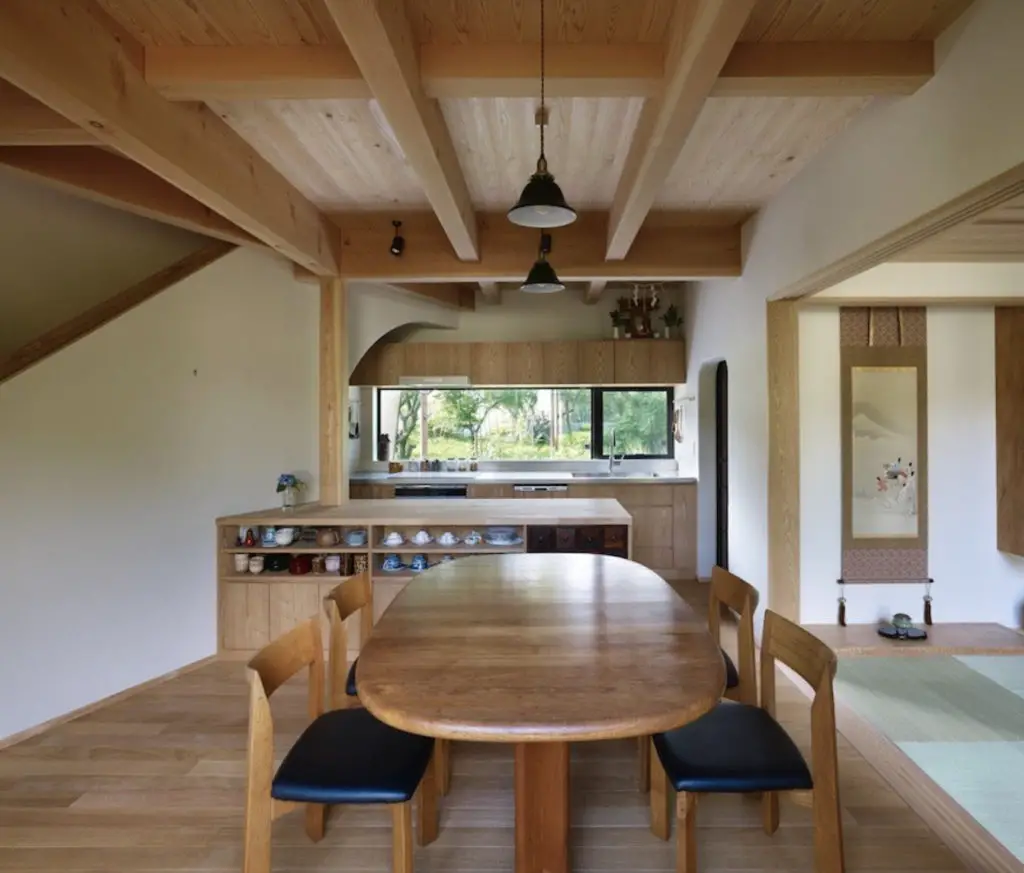
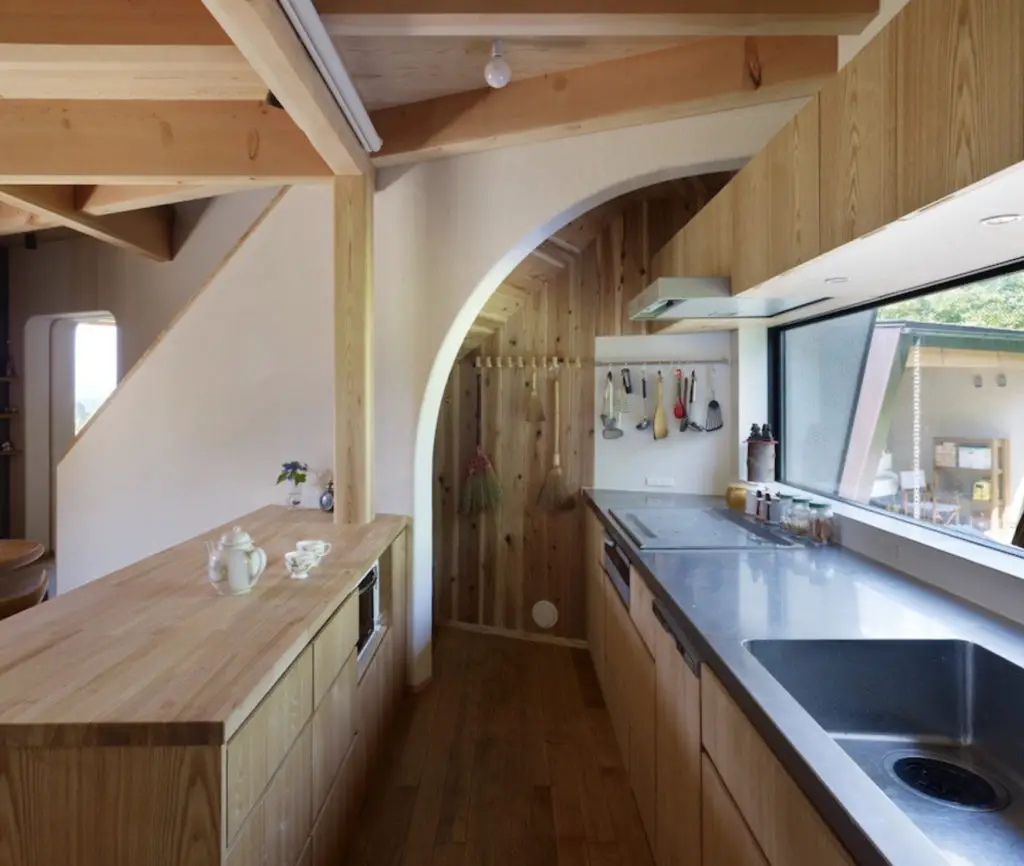
No matter what time of day it is, there would be an area to bask in the sun. In the summers, the area experiences a sharp increase in temperature and this extreme swing of climate informed a majority of Kiyotoshi Mori and Natsuko Kawamura’s design decisions.
For example, while the fan shaped roof invites the winter sun, it blocks off the heat from the intense summer sun and provides shade. Similarly, the expansive windows in the north and south exterior walls bring in much needed cool breeze into the interior.
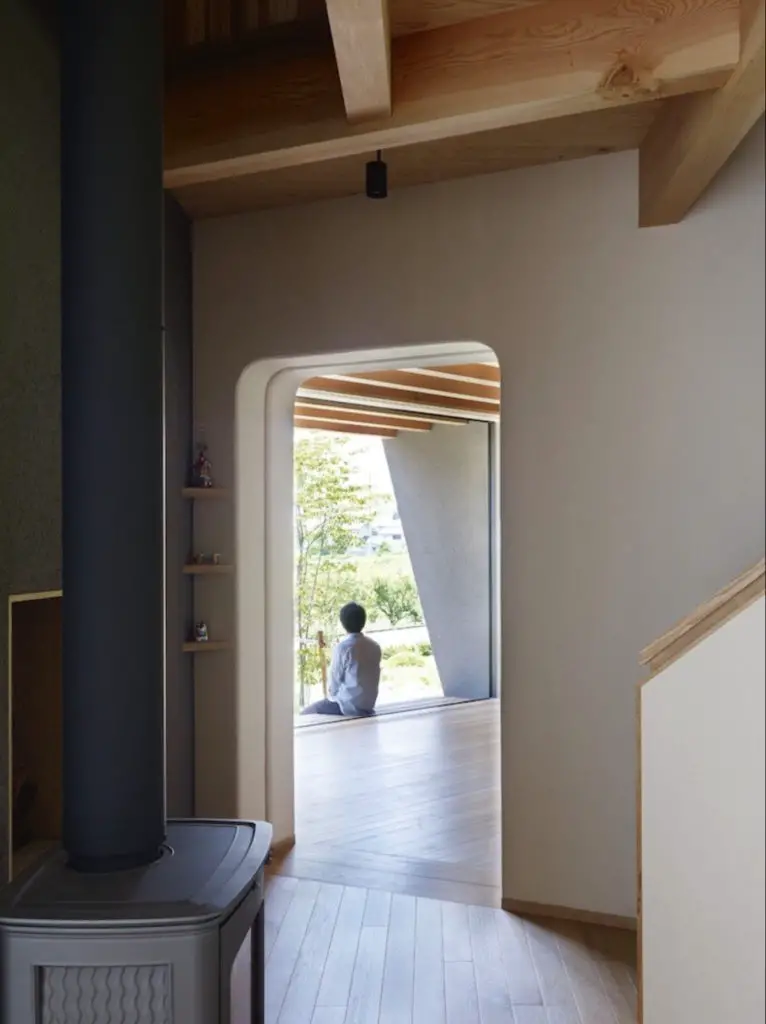
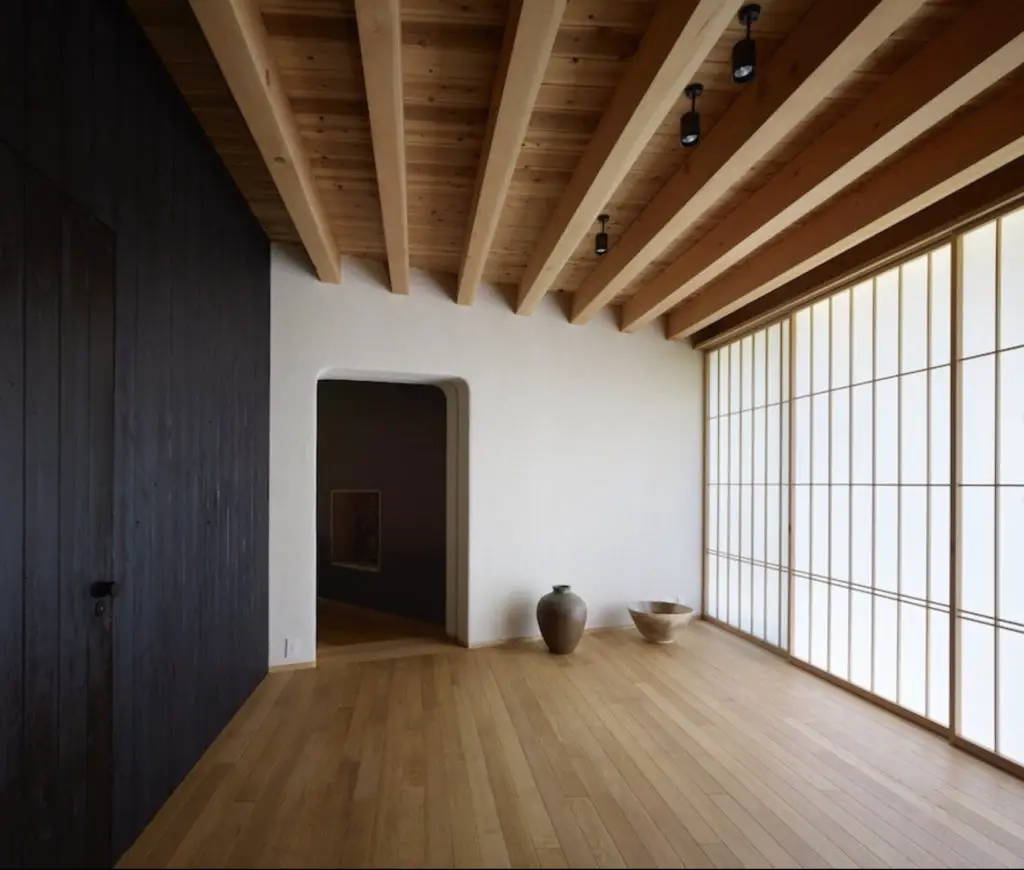
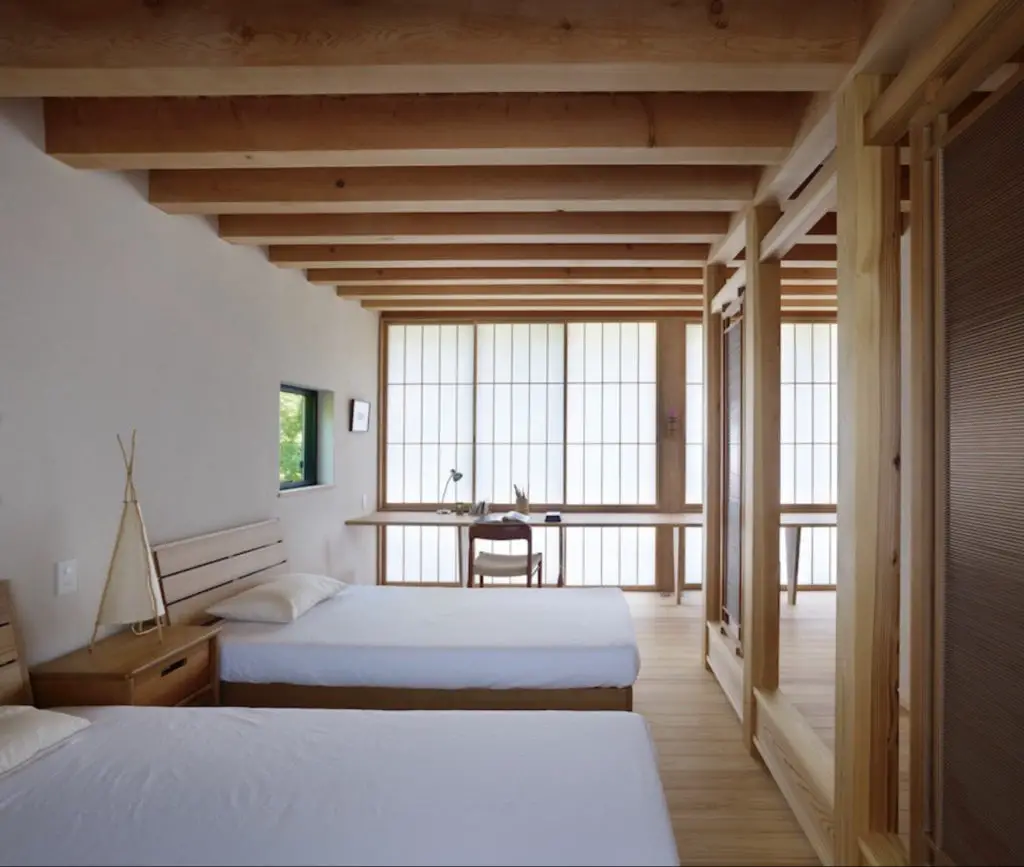
The elderly couple that commissioned this villa hoped to leave the hustle and bustle of city life in favor of a more peaceful provincial life. They wanted to be able to appreciate the mountains while having the space to grow their own produce. They were concerned about natural ventilation and lighting and hoped to not need air conditioning during the summer or heating during the winter.
In other words, the client couple were preoccupied that the house would have passive design strategies. As such, Kiyotoshi Mori and Natsuko Kawamura had to ensure that the wooden structure could adapt to the four seasons without use of artificial air conditioning or heaters.
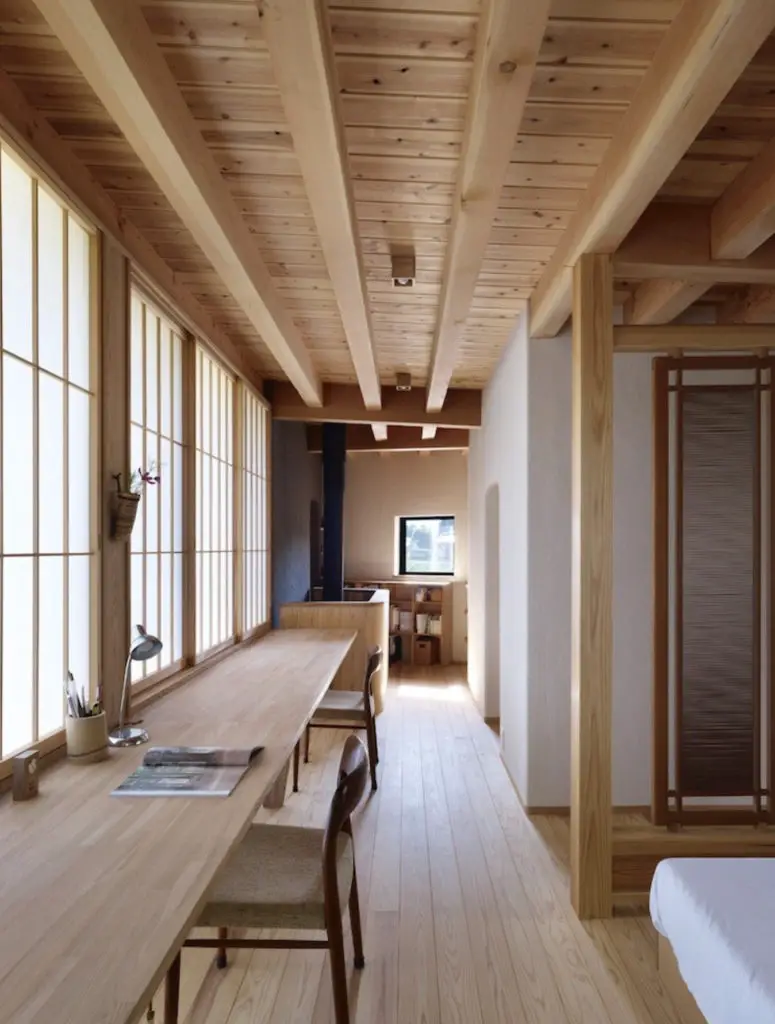
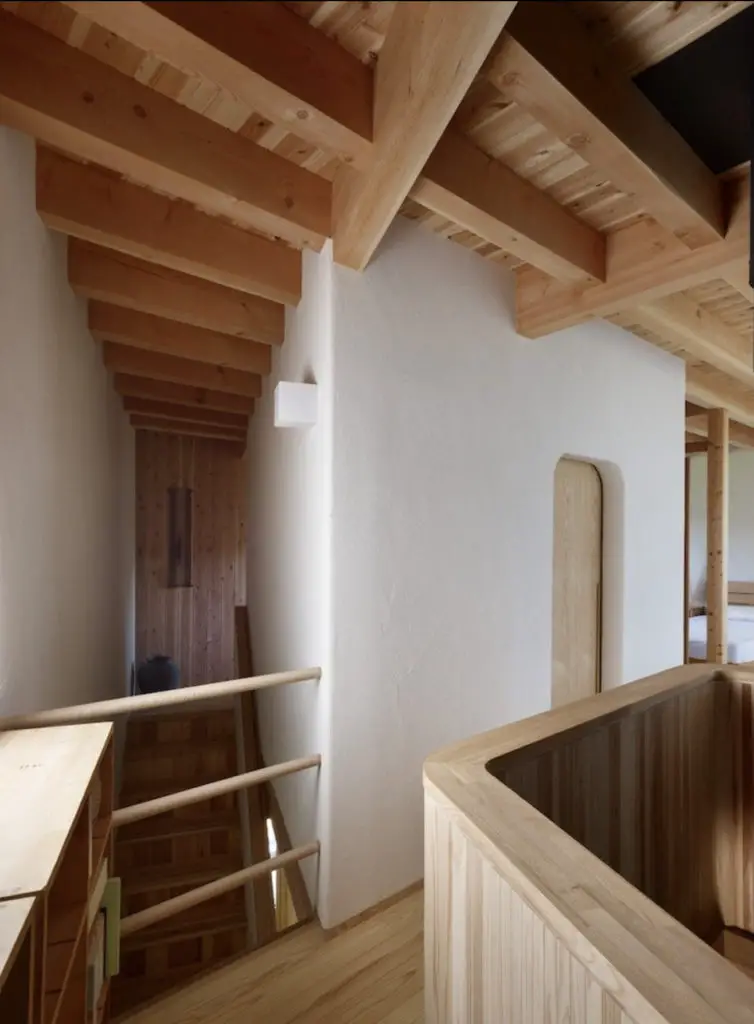
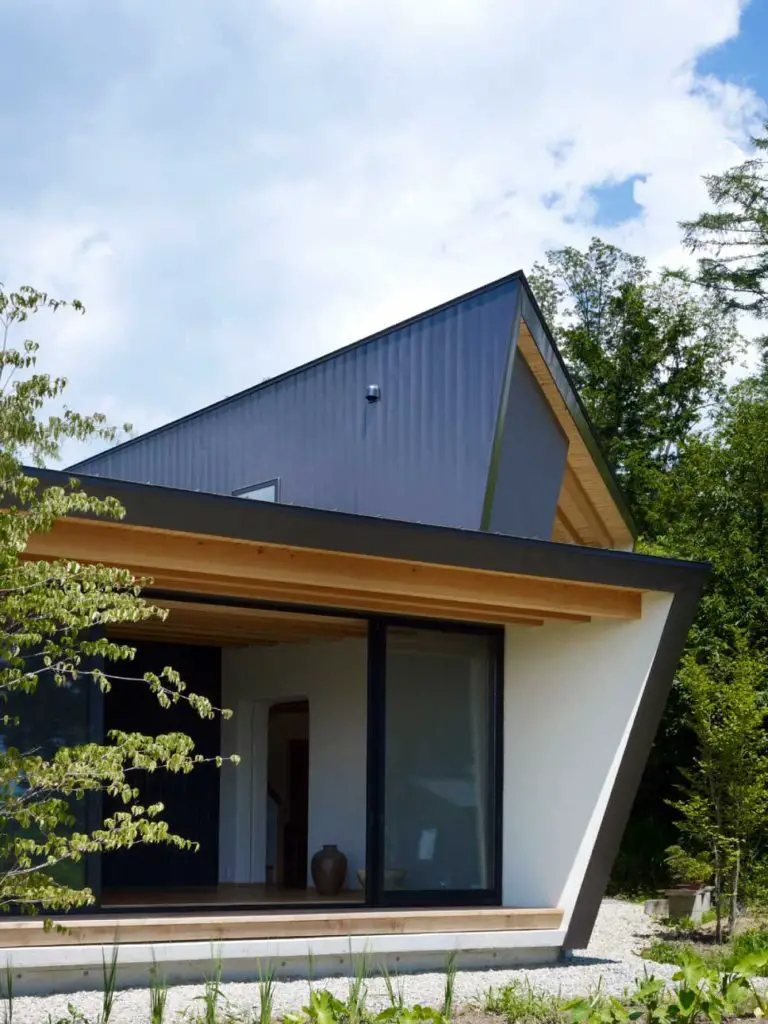
Furthermore, the villa must be able to allow an abundance of natural sunlight. In describing their design process, the architects noted that, “the project takes into account key elements of the natural environment, like the surrounding landscape and climate, and reflects them in the space.” They also emphasized their abundant use of local materials and reflecting them into the house in a very natural way.
They are able to do so by not simply copying traditional Japanese or Western architectural conventions, but rather of “taking what’s best from the past and adapting those elements to contemporary lifestyles by inserting them into a new design.”
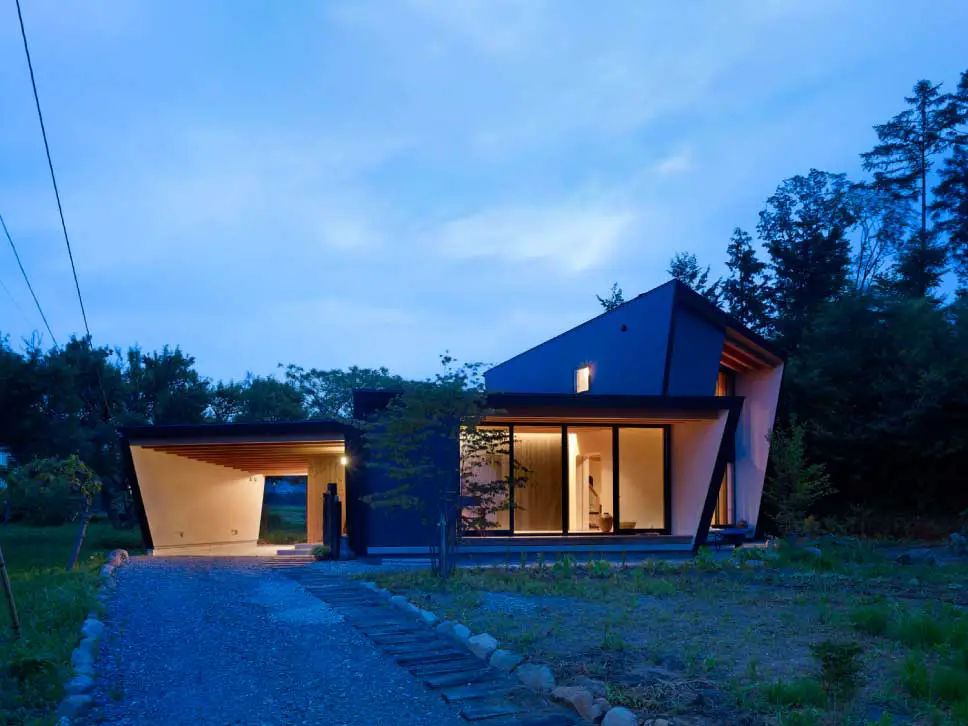
In addition to a careful consideration for climate, the Yatsugatake Villa also pays homage to traditional Japanese arts and crafts. The house uses shoji – a traditional Japanese paper screen to provide privacy while still letting light in.
According to the architects, the use of shoji has declined and been abandoned over the years. By incorporating valuable traditional materials such as shoji into modern houses, they are able to keep the country’s heritage alive and usher it into the era of contemporary living.